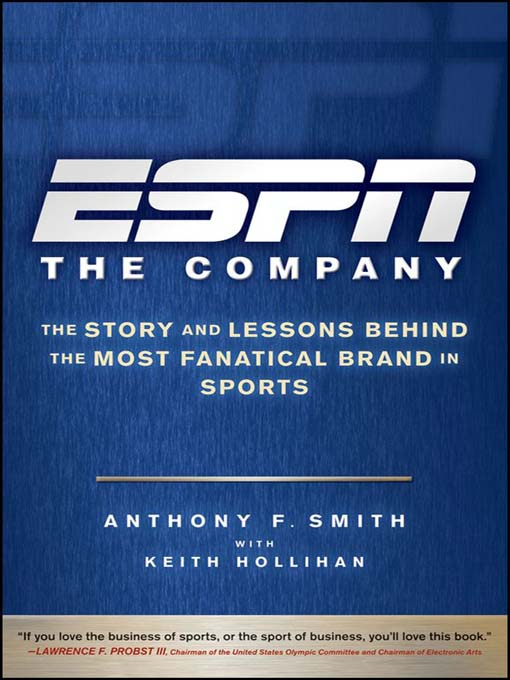
I challenge you to evolve a company.
Let’s say you and a group of friends have a killer business idea. You create a startup. After a lot of elbow grease, you scrounge up enough funds to get the startup off the ground.
Next, you aggressively market, hire, and expand enough to ensure your little company’s survival. Once you’ve gained enough traction to do that, you work like a dog to ramp up your company’s growth with new products, services, and markets.
Years later, you’re a sizable corporation. Congratulations! Just don’t grow complacent or egotistical. You’ll threaten your own survival if you do that. Your challenge now is to thrive as an institution.
Handful enough for you? It is. That’s why few companies make it from fanatical startup to established institution.*
Growing up can be complicated.
That’s also why it’s hard for your average author to effectively chronicle a company’s growth. You have to draw out lessons and patterns from decades of details. You have to put your own biases aside to tell the story as it was. At the same time, you need to make readers understand the importance of how the company handled the challenges inherent to its evolution.
It takes the right combination of mind and skills to pull this kind of thing off. And that’s exactly what authors Anthony F. Smith and Keith Hollihan manage to do in ESPN: The Company.
Good job, guys.
ESPN: The Company pulls you into life at ESPN through vivid character and company descriptions. You learn by vicariously participating.
That’s what consultant Anthony F. Smith did during his 20+-year tenure with ESPN, though he experienced the company firsthand. He joined with McKinsey just as ESPN was gaining traction as a startup. He stayed all the way through to its current incarnation as a $30 billion sports media giant.
In those years, he grew intimate with the people, culture, and strategy of ESPN. He and cowriter Keith Hollihan chronicle the highlights of those years: The prominent personalities within the company, the victories and losses, and the lessons learned.
ESPN: Corporate Success. Teacher.
Each of the book’s eight chapters covers a guiding principle to ESPN’s success. Those guiding principles helped ESPN evolve from idea to empire, but could be applied to any company wanting to stay competitive and creative while ascending competitive ladder.
Individually, each principle can be applied to any company. Taken together, though, they are the unique formula that led to ESPN’s success.
Principles include:
Turn Fanatics into Fans: Make your business all about the customer, and hire fanatics to work for you.
Think like an incumbent, but act like a challenger: Let your innate insecurities drive your achievement. Believing you are the best while being driven by doubts can be a good thing.
Find the right leader at the right time: Every stage of an organization demands a different type of leadership. Surround yourself with other leaders who compensate for your weaknesses.
Expand your brand: Let your mission drive your brand, not vice-versa. Protect the brand more aggressively than you expand it.
While chronicling ESPN’s story, Smith also explains how it developed and kept its winning formula. For example, ESPN started up with a hungry, passionate, hardworking culture. Smith explains how they were able to keep it intact even after they grew large.
Smith also explains how the company created the markets it now dominates. In another, especially strong chapter, he describes how each of the company’s leaders contributed to the right growth at the right time. He also breaks down how ESPN harnessed its employees’ and fans’ passion to gain business wins.
These are lesson every business should learn.
ESPN: The Company rewards readers with company intimacy and wisdom. The authors incorporate tidbits from a variety of sources to add nuance to the story. These include quotes, anecdotes, cable TV industry history, anthropology, and organizational science.
This richness helps you feel like you’re participating in ESPN’s story. You come out of each chapter having learned through your reading experience. The authors recap lessons in a short summation at the end of each chapter. The book’s tone, while deeply respectful of ESPN, doesn’t make bones about the contentious aspects of the company’s growth.
Conclusion: The book’s a winner.
A book is a success when it makes you respect a company you formerly knew little about. It is a success when you feel like you’ve experienced, rather than read, the story within. Ditto if it makes you want to read more of the authors’ work.
ESPN: The Company did all three for me. I highly recommend it.
*These four stages are taken from the book, where they are chronicled in more detail.
Disclosure: We were sent a copy of ESPN: The Company for free.
